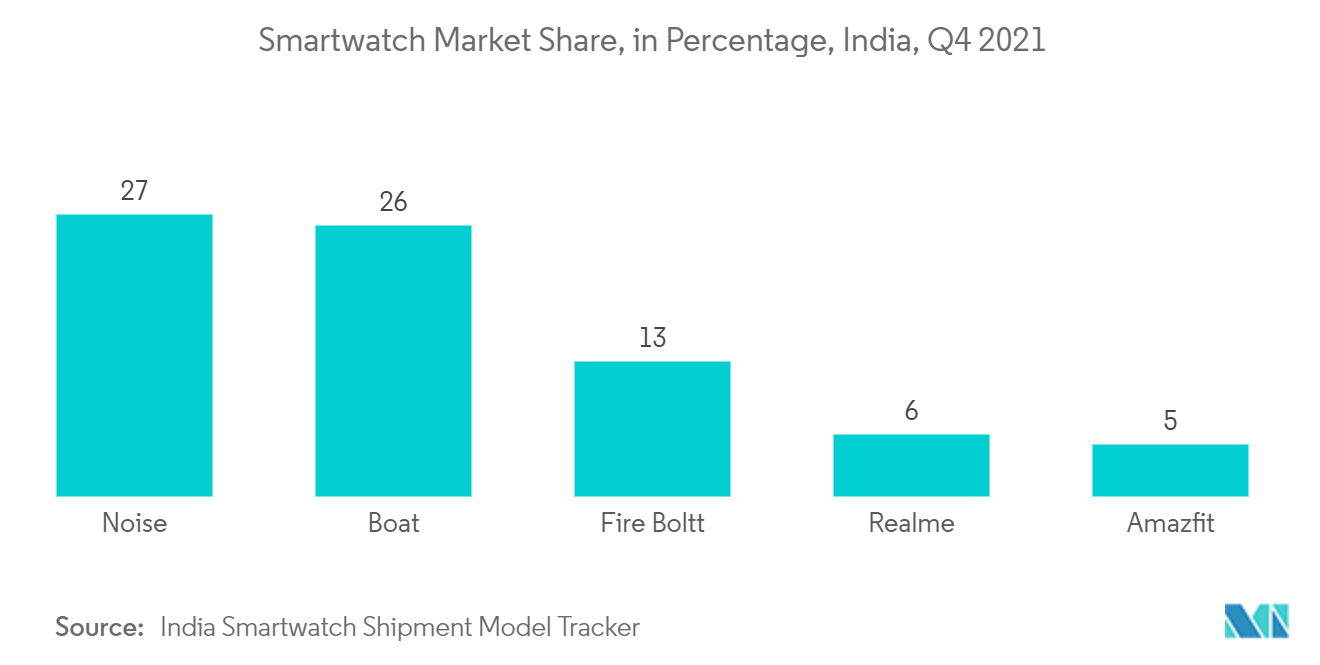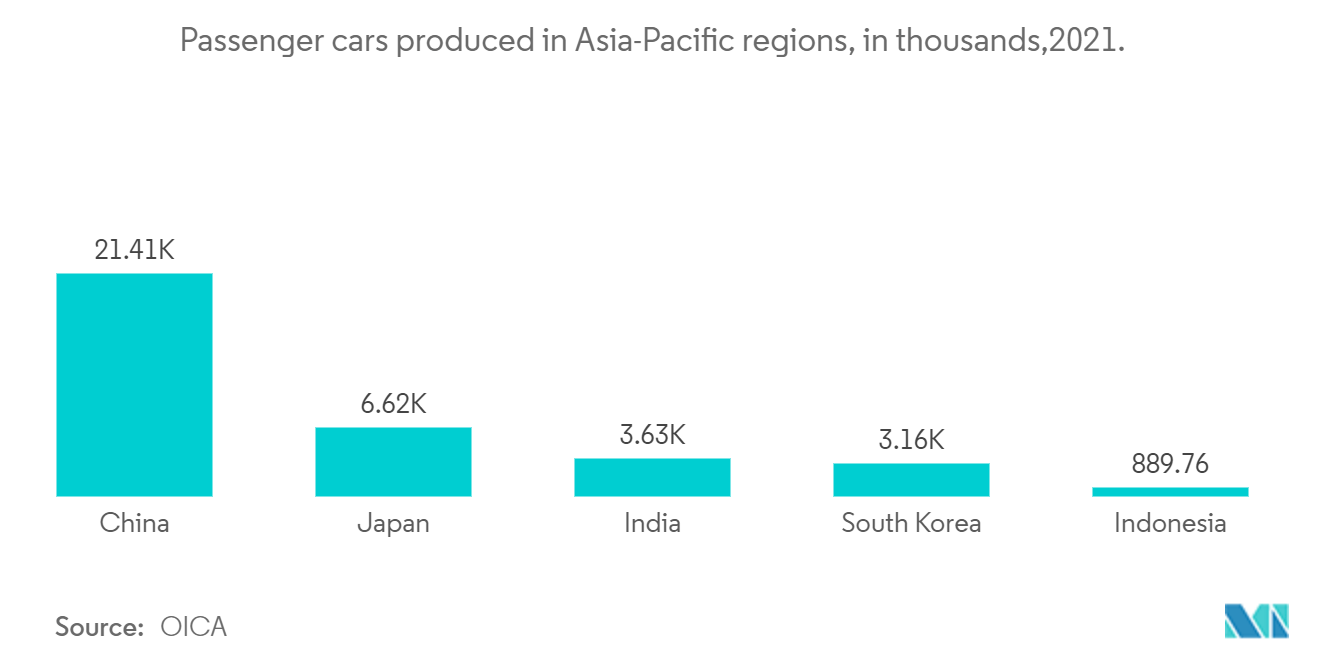Market Trends of Asia Pacific Optical Sensors Industry
This section covers the major market trends shaping the APAC Optical Sensors Market according to our research experts:
Growing consumer electronics demand will boost the market growth
- The growing number of optical sensor applications in consumer electronics and medical devices is expected to drive demand for medical-grade and miniaturized optical sensors.
- Consumer electronics devices, such as laptops, tablets, and smartphones, are increasingly being outfitted with optical sensors for a variety of applications, including gesture recognition, device security, and advanced biometrics. Furthermore, the growing demand for on-screen facial recognition systems in smartphones will drive optical sensor adoption in the Asia Pacific region.
- Companies are increasingly focusing on technology and innovation in pixel resolution, count, and size to improve image and data quality. It is expected that the combination of better fabrication techniques and new physical effects will open up new opportunities in micro-engineered and nano-engineered optical sensors.
- Customers in Asia-Pacific are increasingly interested in health and fitness, which has resulted in the use of optical sensors for wearable applications such as tracking physical activity, health, and wellness. In wearable form factors, these sensors enable continuous heart rate detection and oxygen saturation measurements.
- In June 2021, Samsung and Google announced the testing of a wearable platform ahead of the release of the next Galaxy Watch. The collaboration was initially announced as a "unified platform," allowing developers to create a single app for both Google's Wear OS and Tizen, Samsung's open-source operating system for its own smartwatches.
- Smartphones have taken the world by storm. The boom in Asia Pacific markets has been enormous and is a huge market for every company that makes smartphones. The growth of this industry in countries like India and China is huge, with intense competition from companies like Apple, Samsung, and HTC and between home-grown companies in the two countries like Xiaomi, Oppo, Micromax, Karbonn, etc. There is a huge demand in both the low-cost smartphone segment and the high-end segment.
- For instance, Xiaomi sub-brand Redmi announced the launch of its first smartwatch in India in May 2021. Also during the same time, the company introduced the Redmi Note 10S in a virtual event. Redmi currently sells the fitness band Redmi Smart Band Black in India for Rs 1,399. Xiaomi, on the other hand, sells the Mi Watch Revolve Chrome smartwatch in silver for Rs 8,999, alongside various Mi fitness smart bands.

Automotive segment to hold a significant share
- Automobile manufacturers strive to meet the demand for high-profile vehicles and electric vehicles (EVs) and low fuel consumption by building lighter-weight cars and favoring aluminum over iron. As the use of mixed production lines containing aluminum and iron grows, so is the demand for the same sensing distance proximity sensors with sufficiently long sensing ranges.
- In 2021, China produced not only the most passenger cars in the Asia-Pacific region but also the most passenger cars worldwide. It is also expected that Chinese manufacturers such as BYD Auto Co. Ltd. will overtake American manufacturers such as Tesla in the electric car segment.
- Furthermore, Rockwell released the new Allen-Bradley 856T Control Tower Stack Light system as part of smart devices in April 2021. These innovations in industrial automation and smart devices reflect the company's desire for innovation and leverage of its products under sensors, including proximity sensors required for intelligent and smart devices.
- However, many self-driving vehicle manufacturers in Asia, such as Cruise, use over 20 optical sensor-based modules to enable hands-free driving in their vehicles. However, most cars are still in the early stages of development and may require several years of R&D and regulatory approvals before reaching the consumer market. As these manufacturers move toward commercial production of these self-driving vehicles, demand for optical sensor modules from the automotive industry is expected to rise significantly in Asia.

